7 Ways to Use Infographics to Recruit Volunteers and Tell Your Nonprofit’s Story
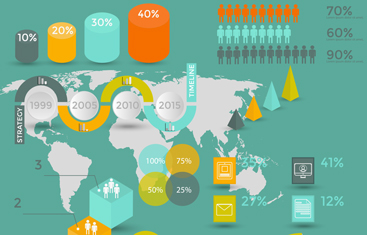
Oftentimes, visuals can speak louder than words. Whether it’s a picture of people being served or a colorful chart showing the total funds raised, visuals can strike a chord that words alone often miss.
Though nonprofits understand the power of imagery, many still struggle with:
- Getting their message out there
- Growing their outreach, their impact, and their access to resources
With a new year, many nonprofit organizations are gearing up their digital marketing campaigns to spread the word and hopefully increase their impact on the world. But still, many struggle with how best to spread the word and gain traction for their cause. How do they know what will work best in their marketing and outreach efforts?
With the growing access to data and data mining tools, nonprofits have a wealth of knowledge to help them like never before. This data could tell you who to reach out to, in what areas you’re performing well, and where there’s opportunity to grow. But how do nonprofits utilize this data to be seen by the community at large? After all, you don’t want to just share numbers and small bits of boring facts—you want to use this information to create content and messages that inspire.
The good news is that infographics allow nonprofits to translate their own collections of data into visual stories that motivate their community. With compelling visuals, it’s more likely for an audience to respond, engage, and spread the word.
Where Data and Visuals Collide
Nonprofits have mines of data. From information on employees, volunteers, the number of people or families you’ve helped, the amount of money raised, to engagement on social media—these are all sources of information that can help grow your organization.
The beauty of data is that it usually helps you solve a problem you’ve been working on for some time. Nonprofits have a handful of problems across the board, like needing more volunteers, needing more exposure, or wanting to share their impact to raise more funds. Below are a handful of ways to solve these problems with data, as well as examples of how other organizations have created infographics to help them expand their operations.
Do you need more volunteers?
85% of nonprofits run on volunteers alone, which means that it’s essential for these organizations to consistently recruit and build relationships with new supporters. If you’re a nonprofit hoping to gain more volunteers and support, look to your data!
Look at your current volunteer base: are they working enough hours? Where do they put in the most time? Are they being recognized for their efforts? Where did you find them? You may be thinking, “Great! That helps me recruit more volunteers, but what does that have to do with visuals?”
Simply take the data you’ve gathered about your volunteers and think about all the content you could make to encourage more volunteers to sign up. You could:
Showcase the impact of your volunteers:
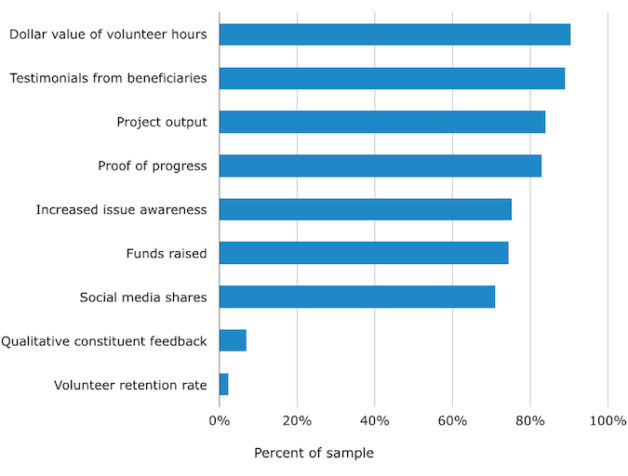
Image via nonprofit technology reviews firm, Software Advice.
Highlight how many hours your volunteers have contributed:
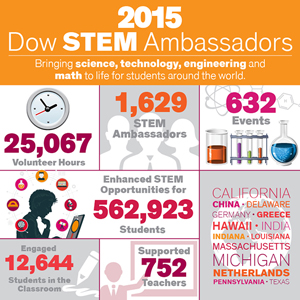
Image via Dow
Share what makes your volunteers great:
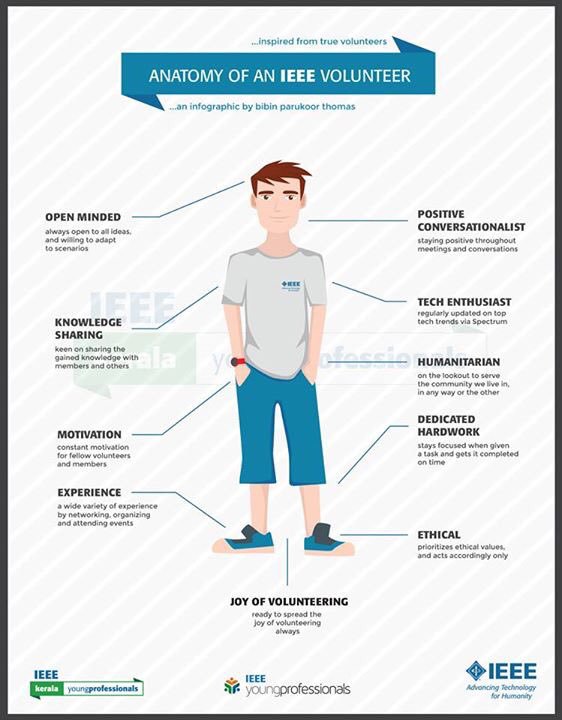
Image via IEEE
Demonstrate how easy it is to get involved:
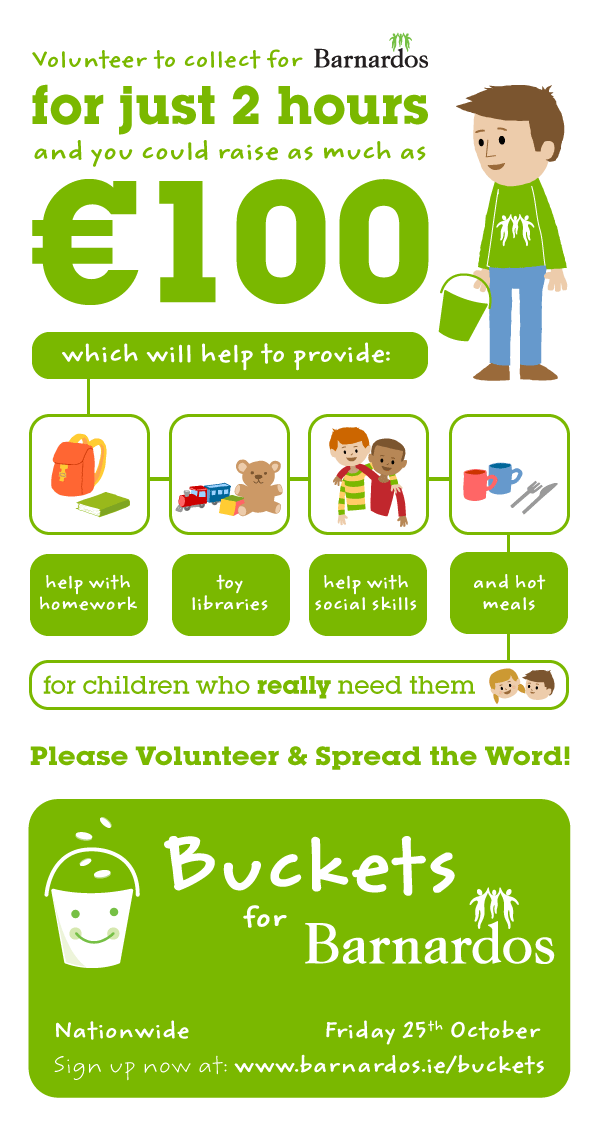
Image via Barnardos
Do you want to highlight your nonprofit’s work?
Sometimes, it’s hard to limit the impact your organization has to a few sentences in a grant proposal. Even harder still is to show why your NPO does what it does.
With the right data, you can share:
1. Who you’re helping (age, location, gender, socioeconomic status, etc.):
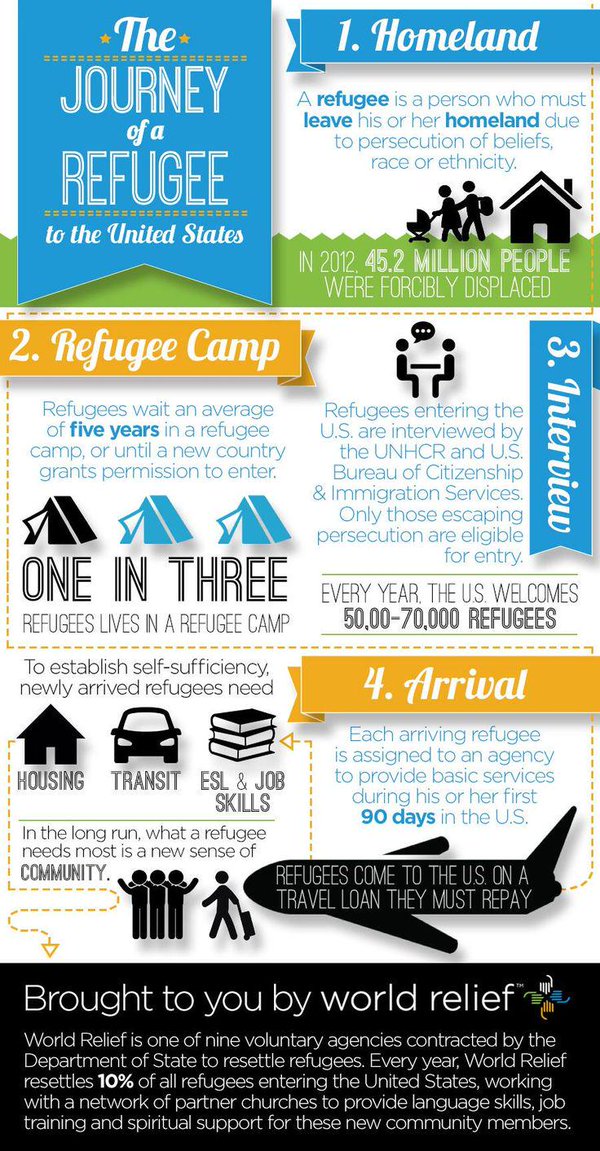
Image via Missiographics
2. How you’re helping (donations, shelters, relief aid, mentoring, etc.)
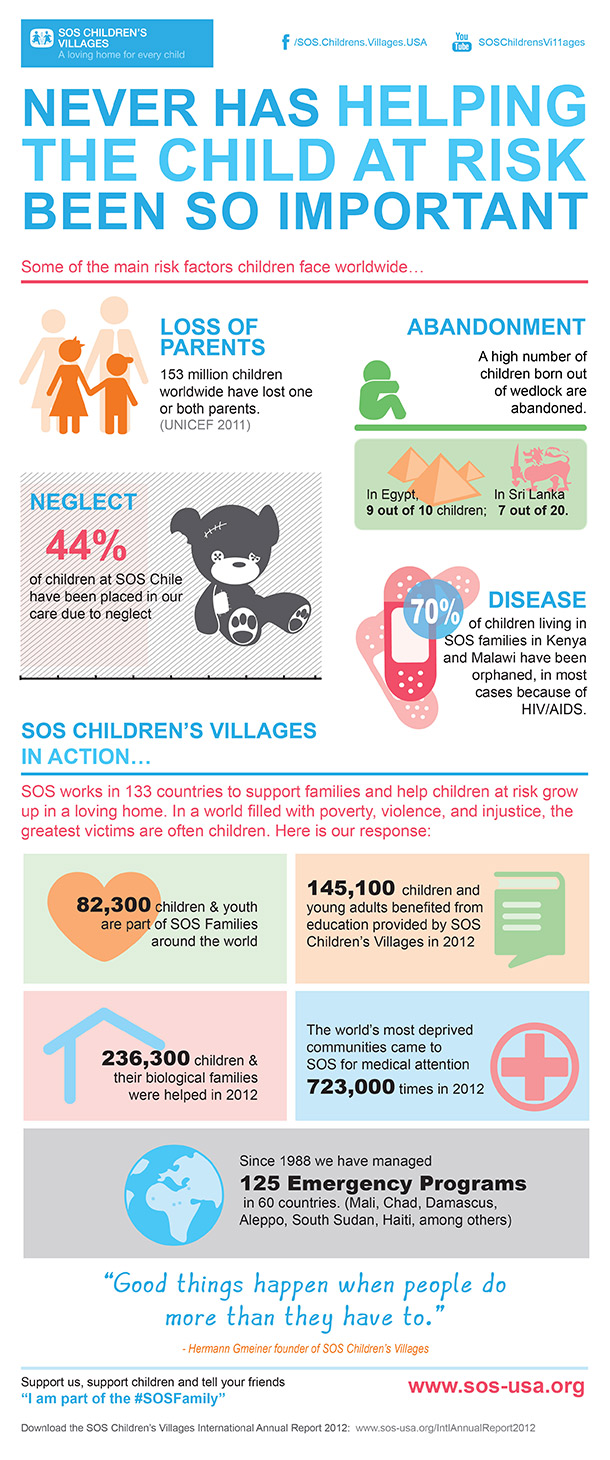
Image via SOS Children’s Villages
3. The impact of your work:

Image via Easel.ly
Do you want people to help spread the word of your mission?
If you haven’t noticed yet, the data these nonprofits collected and then combined into their own infographics can effectively kill THREE birds with one stone: these data visualizations serve as content marketing, social media content, and even print media material. This visual content can then be used by your organization, by your audience, and can help spread awareness for your cause online and in your community.
Kinda magical, huh?
Latasha Doyle discusses all things “infographic” on Easel.ly’s blog. If you are looking for more information on creating infographics, you can also check out Easel.ly’s free ebook, “Infographic Crash Course.”
